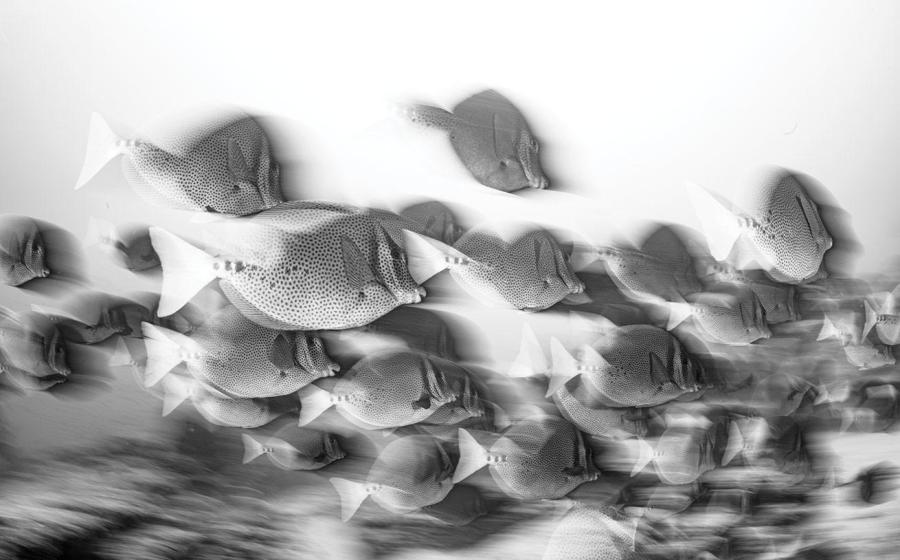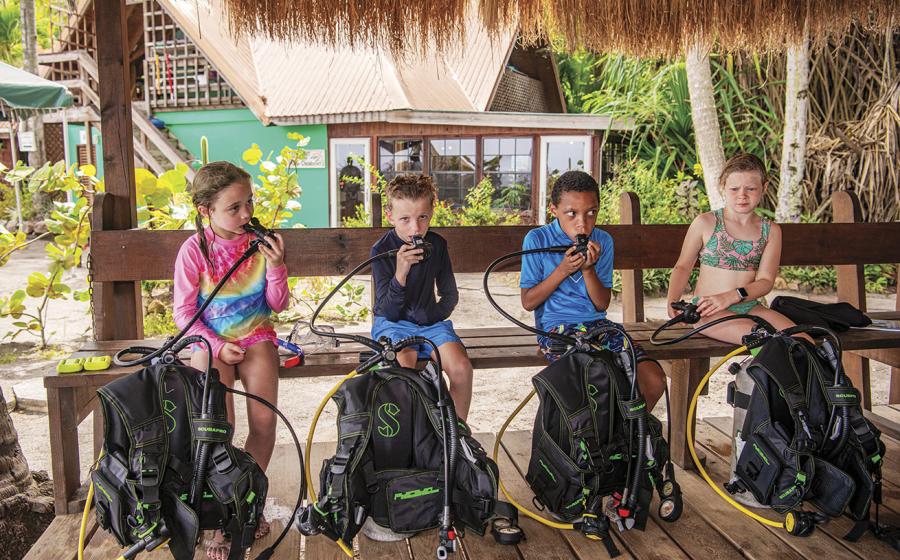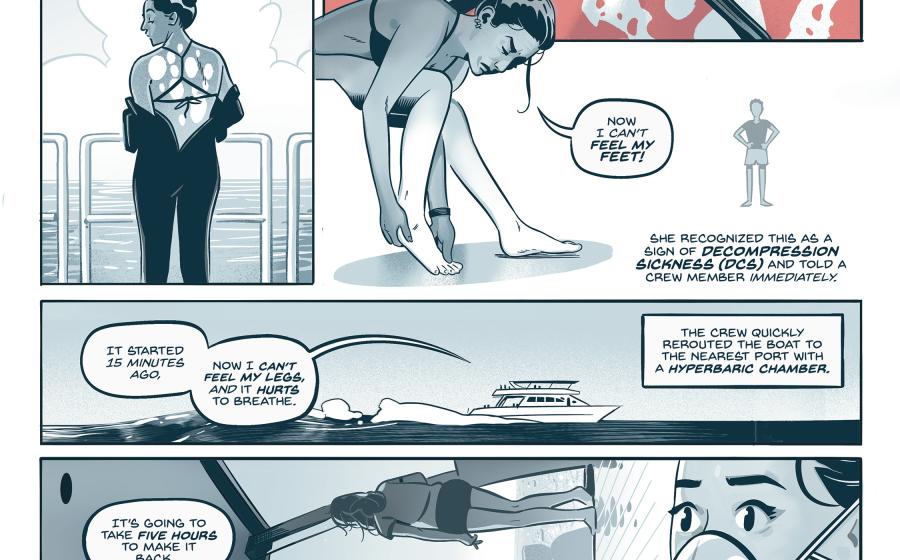Field Trials: Housings for the Sony VX2000


VIDEO Light & Motion Bluefin VX2000 VIDEO Sea and Sea VX2000
Field Trials: Housings for the Sony VX2000 Camcorder
The California sun made little diamonds on the bay as I cruised into Monterey. With a video camera housing under each arm, I stepped aboard the dive vessel Escapade. We were here to test two top housings for Sony's high-end three-chip camcorder, the VX2000. On the testing block were Light & Motion's Bluefin VX2000 housing and the Sea and Sea VX2000 Pro housing.
Light & Motion Bluefin VX2000 ( www.uwimaging.com ). Mounted on the housing was the super-wide UWA 100-degree optic that focused through the full range of zoom and was razor-sharp corner to corner, with no lens flare. The remote monitor provided a bright image to focus and frame the shot. Ergonomically engineered "smart grip" handles allowed for easy access via infrared control of the camera's important controls. A manual iris (aperture) control was on the left forward side of the housing, and on the housing back was the manual white-balance control, EV control (Sony PD150 only), program functions, and shutter speed access.
I fired up the Pro HID lights and settled to a white sand patch at about 35 feet. I flipped down the warming filter and hit the manual white-balance button as I pointed the lens at the sand. Both momentary autofocus and manual white balance were easily set. I set the exposure compensation of the camera, designated as the "EV value," to -2. By dialing this down, I achieved a more saturated image. Having adjusted these controls without a hitch, I looked for a subject to shoot -- and that was when we ran into the playful sea lions! To see footage from the Bluefin VX2000
Light & Motion Bluefin VX2000. Price: $3,899 Service via Light & Motion, www.uwimaging.com Sea and Sea VX 2000 Pro housing Next, we looked at the Sea and Sea VX 2000 Pro housing ( www.seaandsea.com) with the LCD monitor back. Sea and Sea is about to introduce the super-wide lens (.35x magnification, 98-degree field) to the U.S. market, but it wasn't available for our test, so keep an eye out for it. I went with the standard wide optics. The monitor back provided a bright image. In the water the system was nearly neutral and easy to handle. The record/standby and zoom control buttons located on the right handle were within thumb's reach. The left handle offered thumb-toggle lighting control, useful when shooting close-ups.
Dropping to the seabed, I pointed the camera toward a white sand patch. I hit the white-balance button on the back of the housing and captured a manual white balance with the red flip filter in position. Having established a pleasing color balance, I decided that the autoexposure of the camera was at least a stop too bright (the water looked milky), so I engaged the iris button, also on the left side of the housing.
The manual iris engaged and indicated in the monitor that the overly bright aperture setting was f/4.8. I engaged a smaller iris setting by pointing the camera up toward the bright surface water. I reset the iris to manual to lock in an f-stop of f/9.6, which offered a very saturated image as I closed in on a lingcod next to her nest of eggs. To see footage from the Sea and Sea VX2000
Sea and Sea VX2000 Pro. Price: $3,825
In our next issue, we'll field-test two more top-of-the-line underwater housings for the Sony VX2000 camcorder: the Gates VX2000-M professional Housing and the Amphibico VHVX-2000 Housing.
See you in the movies ... underwater!






